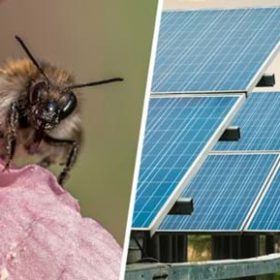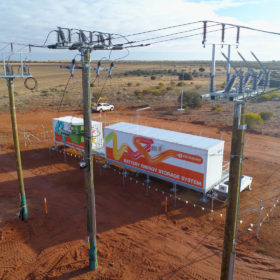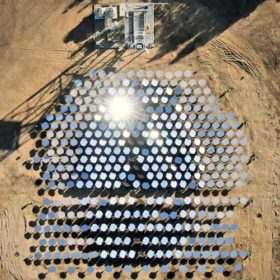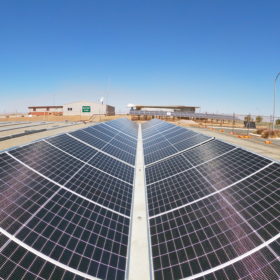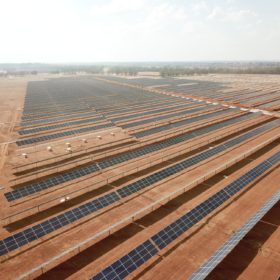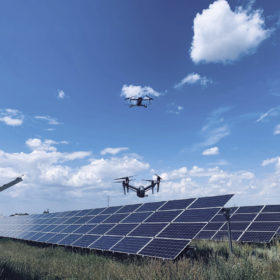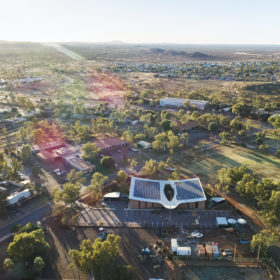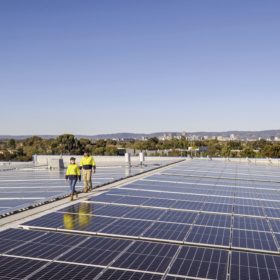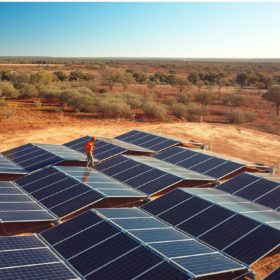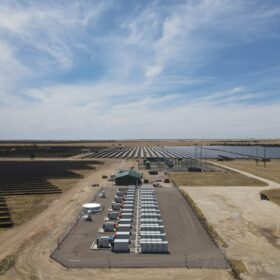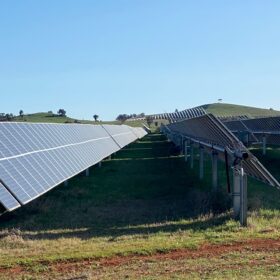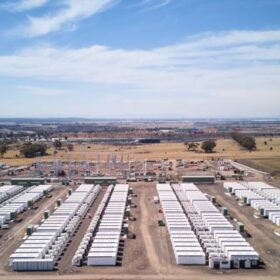Solar farms prove to bee hives of economic activity
A new study from researchers at the universities of Lancaster and Reading in the UK has managed to quantify the economic boost provided by the symbiotic relationship between solar farms and honeybee hives.
State-owned utility reveals desire to disconnect rural town from grid
Western Australia grid operator Western Power is expanding its microgrid strategy as it aims to improve the resilience and reliability of electricity supply in regional communities, calling for registrations of interest to develop a renewables-based disconnected microgrid capable of powering a small rural town.
Woodside teams with U.S. start-up to explore solar thermal technology
Australian oil and gas giant Woodside is continuing its exploration of renewable energy, partnering with United States-based concentrated solar power entity Heliogen to build a 5 MW solar thermal demonstration plant in California which is expected to be capable of delivering clean energy with nearly 24/7 availability.
The changing landscape of the modular marketplace
The modular solar marketplace is growing, especially in Australia where remote mining and agricultural sites appreciate the benefits of compact, moveable solar. One new entrant is Western Australia’s CDI Energy with its “Rapid Solar Module”, which CDI founder and CEO Darryl Bower told pv magazine is up to 30% cheaper than fixed axis alternatives.
Canadian fund Omers plans to acquire 49% of FRV Australia
Fotowatio Renewable Ventures’ (FRV) Australian platform includes 637 MW (DC) in projects already operational or under construction, and a pipeline comprising 7 GW of solar projects and 1.3 GWh of battery storage.
Victoria invites consultation on how to make renewable energy more accessible to C&I users
Renewable generation is now the cheapest source of electricity, but for many C&I users accessing green energy is a complex proposition. The Victorian Government wants to retain and attract more businesses, build more renewable energy, create more jobs — is a market facilitation platform the next piece of the puzzle?
Drones and software loop the loop on autonomous, intelligent PV plant monitoring
Mobile test equipment is a must for fault detection and performance monitoring of large-scale PV installations. The Australian PV Institute has contributed to an international review of available aerial and portable ground-based technologies, and how to deploy them for reliable, relatable results.
Award for solar-powered health care centre serving Newman’s Indigenous community
Solar installations can rarely be described as a crowning glory, but this Pilbara health clinic hums with renewable energy that is an integral part of its nurturing, elegant, proud design.
Saturday read: Powerful equation to expand C&I
Big rooftop PV systems on factories, warehouses and public buildings need not be limited by ownership issues nor local grid capacity, claims Australian innovator EleXsys Energy. The company is maxing out an Ikea in Adelaide, Australia, with solar and storage. And it claims its smart technology can allow the same to be done elsewhere.
Sun Cable customer exits as energy price rises take toll
The world’s biggest solar PV and storage project has suffered a setback after a Singapore electricity retailer which had lined up to be a foundation customer for the renewable energy generated by Australia’s $26 billion Sun Cable project announced it will cease operations amid a record-breaking spike in electricity prices.
